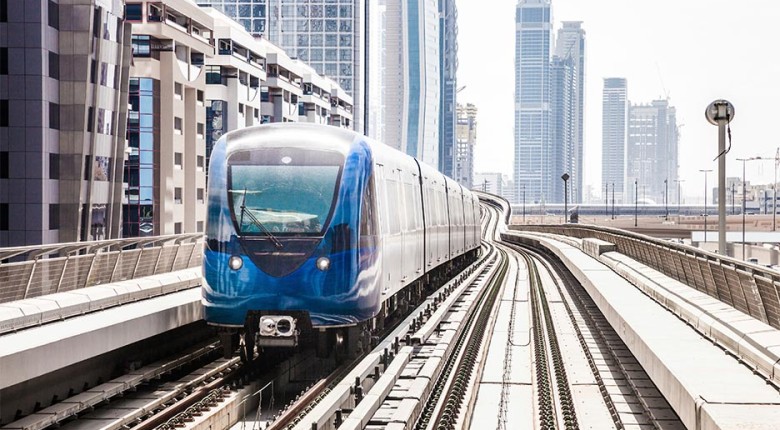1021 results found
Featured results



More results
The Seoul Metropolitan Government (SMG) undertakes infrastructure projects within the city covering assets such as roads, tunnels, and subway lines. Design and planning are performed by departments within SMG while the actual construction work is the responsibility of the Seoul Metropolitan Infrastructure Headquarters (SMIH).
Combination of sensors and AI to increase sewer capacity and reduce the frequency and magnitude of sewer overflows, especially during high rainfall events.
Remote sensors, UAVs and satellite technologies to monitor water bodies for algal blooms and provide early warnings of potential health risks to the general public.
Advanced traffic management systems improve the performance of road services through the use of sensors, GPS, smart cameras, and weather information systems.
Pedestrian and weather sensors installed at road intersections to adapt traffic light operation to match real time demand and safety requirements.
The use of sensors and robotics technology to enable preventive and predictive maintenance of bridges.
Combination of sensors and machine learning to predict timelines and modes of failure for physical and mechanical assets such as pipes, pumps, and motors.
As part of its leading practices mandate, the GI Hub is developing a set of annotated risk allocation matrices for PPP transactions, in a variety of sectors.
PIMAC, which leads the preparation of pre-feasibility studies in Korea, has prepared sector-specific guidelines for the preparation of pre-feasibility studies in accordance with the General Guidelines for Preliminary Feasibility Studies.

The carbon finance market is evolving rapidly but is fragmented and complex. With project and political risks affecting the private sector’s willingness to enter new carbon markets, what can governments of developing countries do to scale up participation?
The GI Hub collaborated with eight multilateral development banks on a systematic approach to scaling up technology solutions for sustainable roads.
This event will focus on fostering an enabling environment for optimizing pooled investment vehicles in attracting private financing for climate and infrastructure projects, highlighting successful models and best practices.
Don't miss out on the final event for InfraChallenge, our global innovation competition aiming to accelerate the infrastructure industry
Regional navigation and information system enabling remote monitoring of location and condition of vehicles (e.g. school buses and ambulances) and quickly respond to unforeseen events or violations of the route schedule.
This is a new framework for road safety aims to halve the number of fatalities on CAREC road corridors by 2030 (compared to 2010).

With regards to the emphasis on the proper risk allocation, the Risk Allocation Guideline, which has been released annually, becomes very essential as a key reference in assessing and allocating risks for the purpose of guarantee provision, as mandated by the regulation.

The present study Review of success stories in urban water utility reform was commissioned in 2015 as a follow-up to an independent evaluation of SECO s Corporate Development activities.

This document discusses how science-based indicators of vulnerability to climate change and of adaptability can inform the prioritization of adaptation assistance from a global adaptation fund.

This paper provides a contextual commentary on the state of infrastructure delivery around the world. The views within are not necessarily that of the GIobal Infrastructure Hub (GI Hub) but are an important viewpoint to contextualise use of the GI Hub’s Improving Delivery Models initiative framework













 Infrastructure and the Circular Economy
Infrastructure and the Circular Economy





